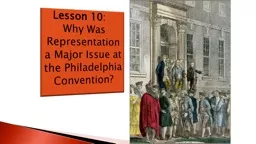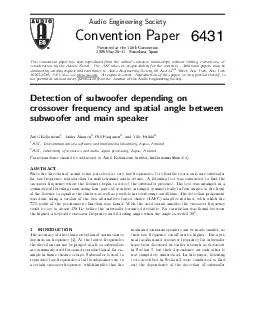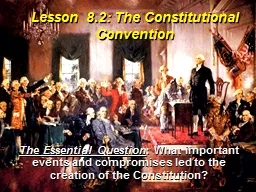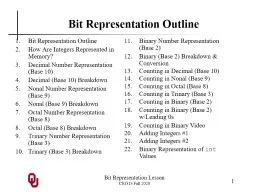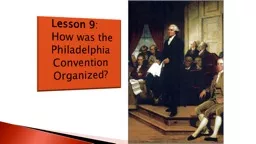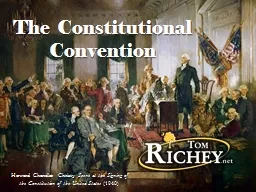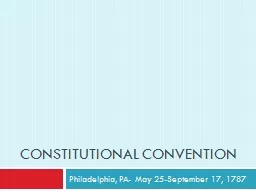PPT-Lesson 10 : Why Was Representation a Major Issue at the Philadelphia Convention?
Author : liane-varnes | Published Date : 2018-03-21
Purpose This lesson examines The debate over what or who the national government will represent The Great Compromise which dealt with the makeup of the House and
Presentation Embed Code
Download Presentation
Download Presentation The PPT/PDF document "Lesson 10 : Why Was Representation ..." is the property of its rightful owner. Permission is granted to download and print the materials on this website for personal, non-commercial use only, and to display it on your personal computer provided you do not modify the materials and that you retain all copyright notices contained in the materials. By downloading content from our website, you accept the terms of this agreement.
Lesson 10 : Why Was Representation a Major Issue at the Philadelphia Convention?: Transcript
Download Rules Of Document
"Lesson 10 : Why Was Representation a Major Issue at the Philadelphia Convention?"The content belongs to its owner. You may download and print it for personal use, without modification, and keep all copyright notices. By downloading, you agree to these terms.
Related Documents

